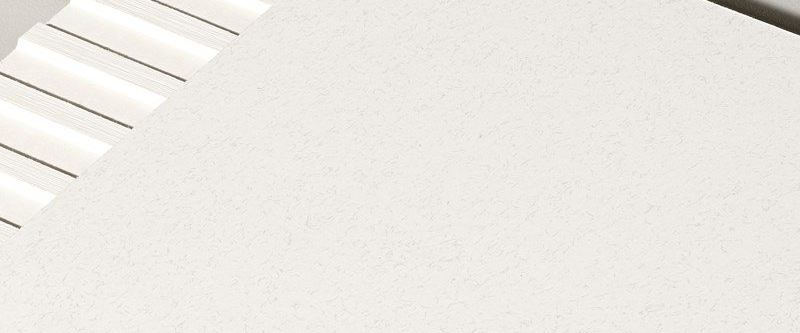EQUITONE façade panels are classified as A2-s1, d0 according to EN 13501-1. This means that they can be used for all building classes in compliance with standards and actually exceed the protection target.
Unlike insulated render systems or curtain walling, EQUITONE façade panels come with all of the advantages of being mounted in a rear-ventilated rainscreen system.
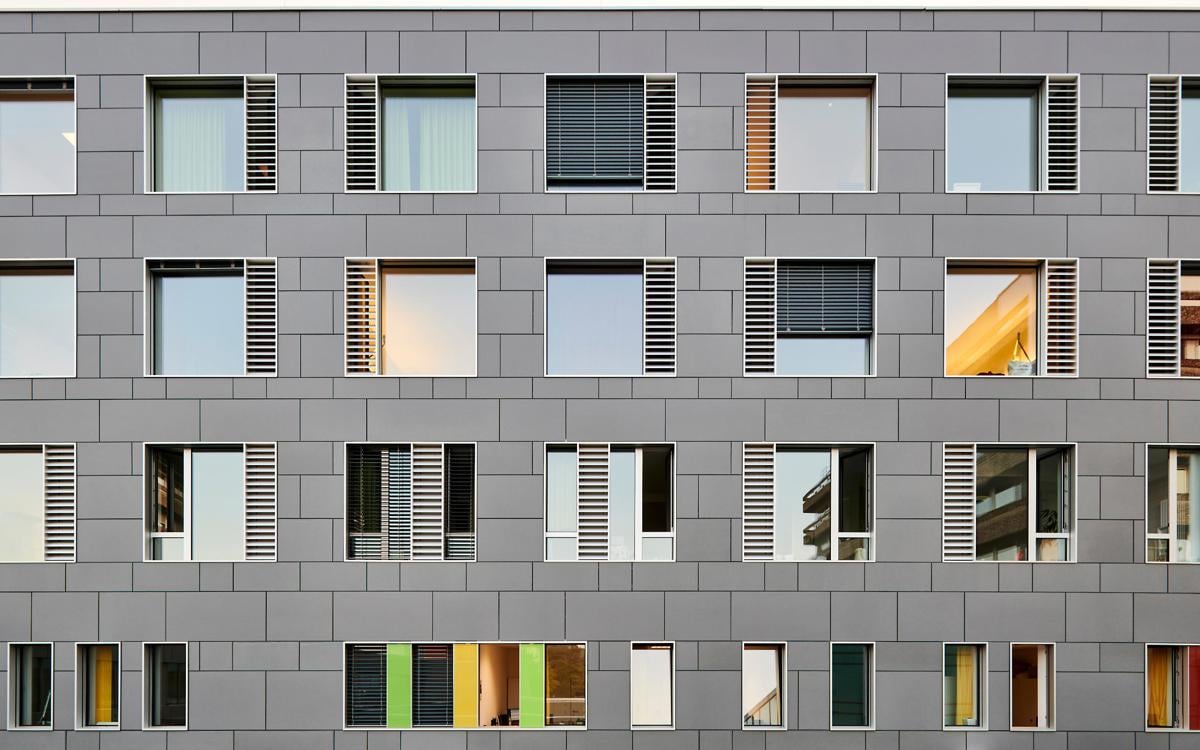
The classification of the fire properties of the cladding material does not just apply to individual components. It includes the interaction of all the components – notably the insulation, the sub-structure and the EQUITONE façade panels.
Solutions for exterior walls with a sub-structure of steel or aluminium
EQUITONE with its high level of fire resistance and protection can be used on any building without having to compromise on design or physical building properties.
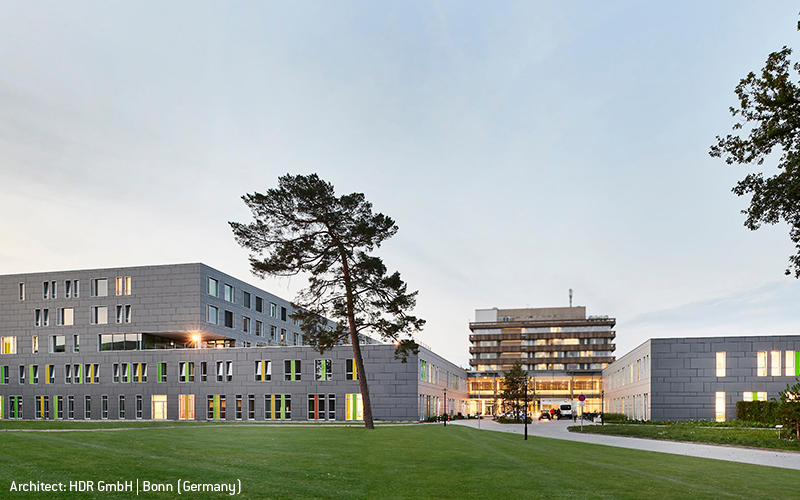
An example of a compliant wall construction for a sub-structure of steel or aluminium:
- Anchoring base (load-bearing, non-combustible exterior wall)
- Substructure of steel or aluminium
- Non-combustible mineral wool sheets according to EN 13162
-
- EQUITONE façade panels either fixed with EQUITONE UNI- rivets or with an approved invisible anchor system according to our design and installation guidelines
Solutions for exterior walls with timber sub-structure frame
By changing the panel sub-structure framing system from metal to timber will naturally reduce the level of protection provided. However, this form of façade build-up is suitable for many low buildings and is widely used.
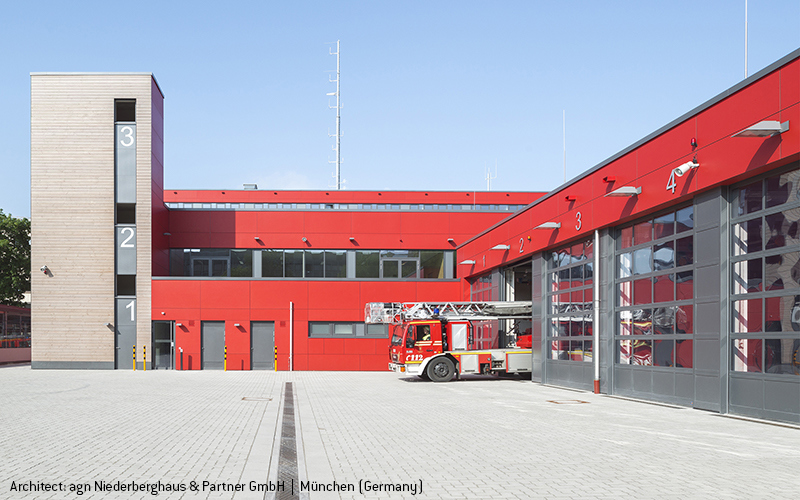
An example of a compliant wall construction for a timber sub-structure frame
- Anchoring base (load-bearing, non-combustible exterior wall)
- Substructure made of wood
- Non-combustible mineral wool sheets according to EN 13162
- EQUITONE façade panels fixed with EQUITONE UNI-screws or with an approved invisible anchor system according to our design and installation guidelines
Fire barriers
In some regulations the compartmentation (division in smaller zones) of the building is part of the local building regulations. The spacing and locations depend upon the building design and use. This compartmentation is normally achieved with horizontal and vertical fire barriers. These barriers are designed to be open to allow for ventilation and drainage in the cavity, and then to close and seal the cavity should a fire start.
What regulation for which building?
Architecture is not only a matter of design, it’s also a matter of security. You have to comply with regulations when you build a facade.
What does “non-combustible” mean exactly?
EQUITONE façade panels are classified A2-s1, dO according to Euroclass system DIR EN 13501-1. Here’s what it refers to concretely.
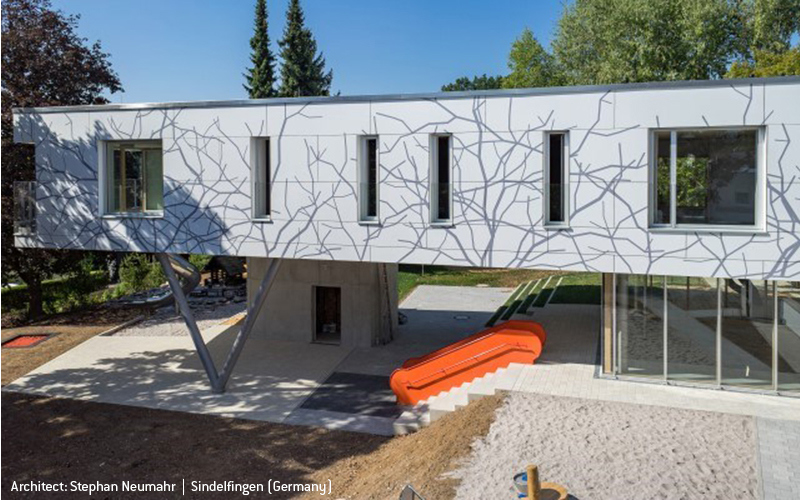
Find out more about installing EQUITONE panels on your facade.

